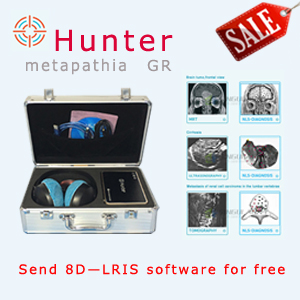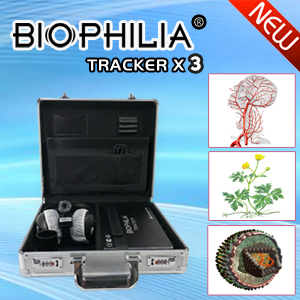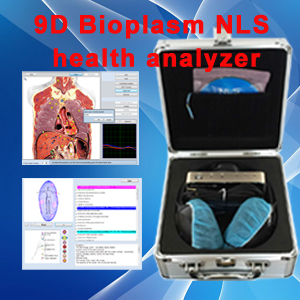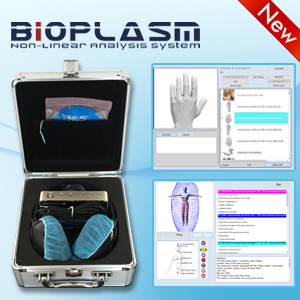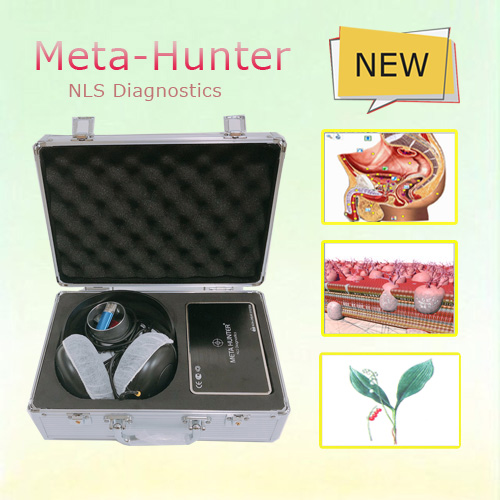NLS-diagnostics With Biophilia Tracker Has More Potential In The Tumor Of The Liver
Diagnostics and treatment of malignant neoplasms are the most urgent issues in modern medicine. Oncologists face not only problems of primary and updating diagnostics of tumoral diseases, but also evaluation of various methods of tumor treatment efficiency and well-timed diagnosis of recurrent tumors after treatment procedures. The introduction of new three-dimensional technologies of NLS-pictures acquiring into clinical practice allows the solving of the abovementioned diagnostic problems at a qualitatively new and higher level.
Application of three-dimensional visualization of organs and tissues significantly extended the potential of NLS-diagnostics. Today we may speak of truly early diagnostics of tumoral diseases at the first, pre-clinical stage of patient examination. Three-dimensional NLS-examination allows not only to reveal minimal structural changes in organs and tissues, but precise evaluation of tumoral process spreading extent. Further, when combined with the use of spectral-entropy analysis, it makes possible to identify disease stage and choose the adequate method of patient treatment.
In group of malignant tumors of liver, meta static invasion holds leading positions. It is well-known that the most frequent reasons for liver metastatic disease are malignant tumors of the large intestine, rectum, stomach, pancreas, mammary glands and lungs. At metastatic disease, the shape, structure, size of parenchyma and vascular pattern of the liver are more or less changed, depending on tumor existence duration, as well as number and size of tumoral nodes. In addition to three-dimensional NLS-graphy, diverse variants of dopplerography (initially energy color mapping) may be used to solve the problem of differential diagnostics of benign and malignant changes in the liver parenchyma. Three-dimensional NLS-graphy method allows the visualization of a three-dimensional picture of vessel location and form, marking them by a certain color in the background of the organ’s normal picture. In this aspect, the method is rather close to x-ray angiography and allows to accurately visualize large and minute vessels.
Vascular pattern in single metastases is broken due to the constriction and dislocation of certain vessels’ hepatic branches. In massive affection, there is significant breach of vascular pattern. In some cases a physician may detect local, chaotic changes of vascular pattern, when hypervascularization of tumoral nodes is present. However, tumoral nodes in liver metastatic disease may have both increased and decreased vascularization. Due to this fact, data acquired with NLS-graphy is not always sufficient and should be complemented with results of x-ray angiography.
Differential diagnostics of tumoral affection of the liver is complicated by not only the marked multiformity of changes, but also by its frequent combination with diffuse and dystrophic changes of the organ’s parenchyma. All of the above stipulate the necessity for wide application of spectralentropy analysis of affection nidus. Our experience proves that availability of Biophilia tracker allows for a detailed examination of three-dimensional hepatic neoplasms sized less than 3mm. Therefore, at the early stages of pathology development, a clinician is able to update the morphological substrate of detected changes and obtain sufficient information for diagnosis updating.
This article is provide from [Bioplasm nls],please indicate the source address reprinted:http://www.bioplasm-nls.com/nls_knowledge/NLS_diagnostics_With_Biophilia_Tracker_Has_More_Potential_In_The_Tumor_Of_The_Liver.html


